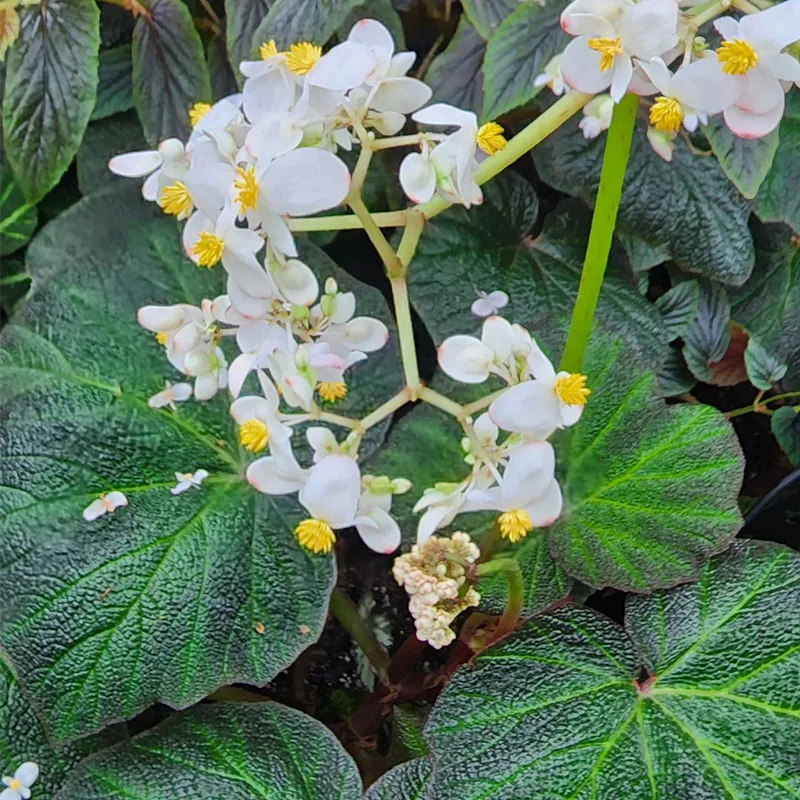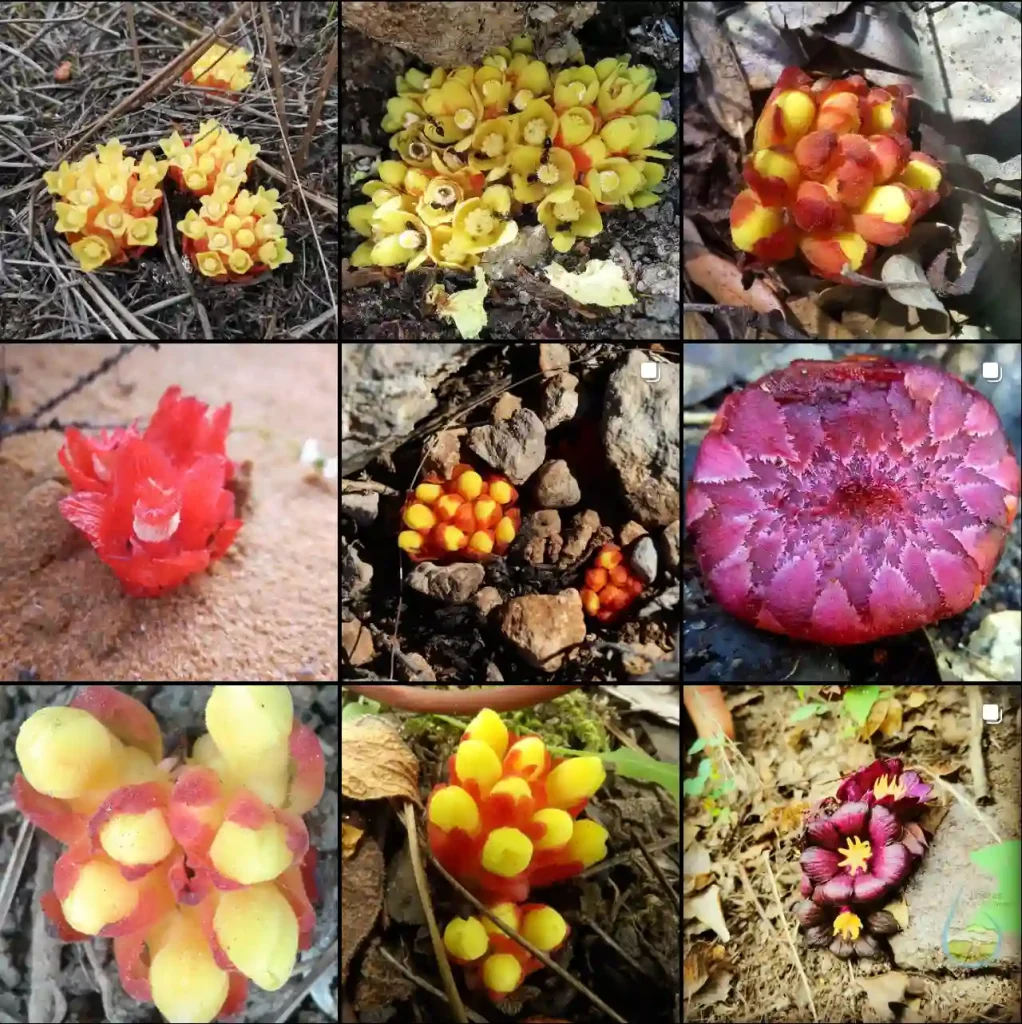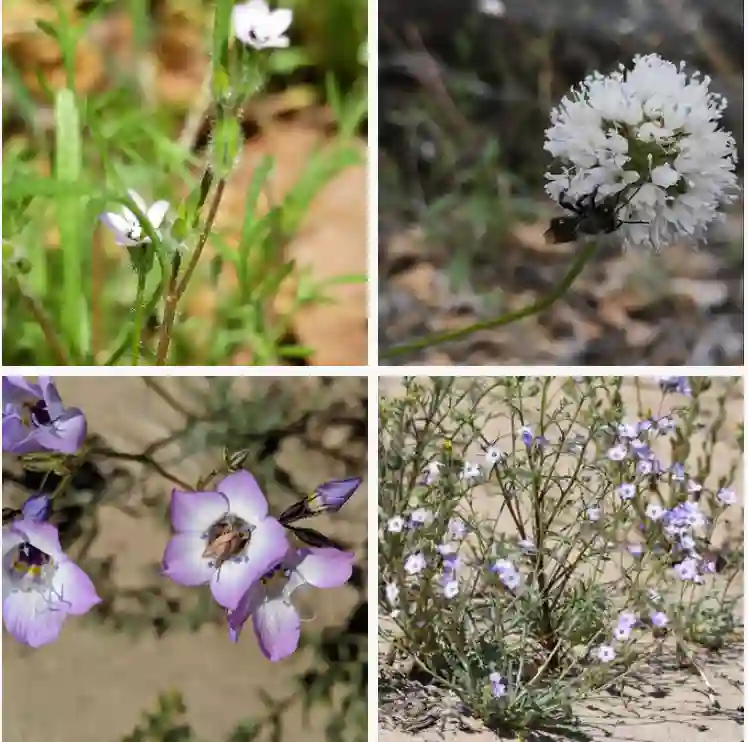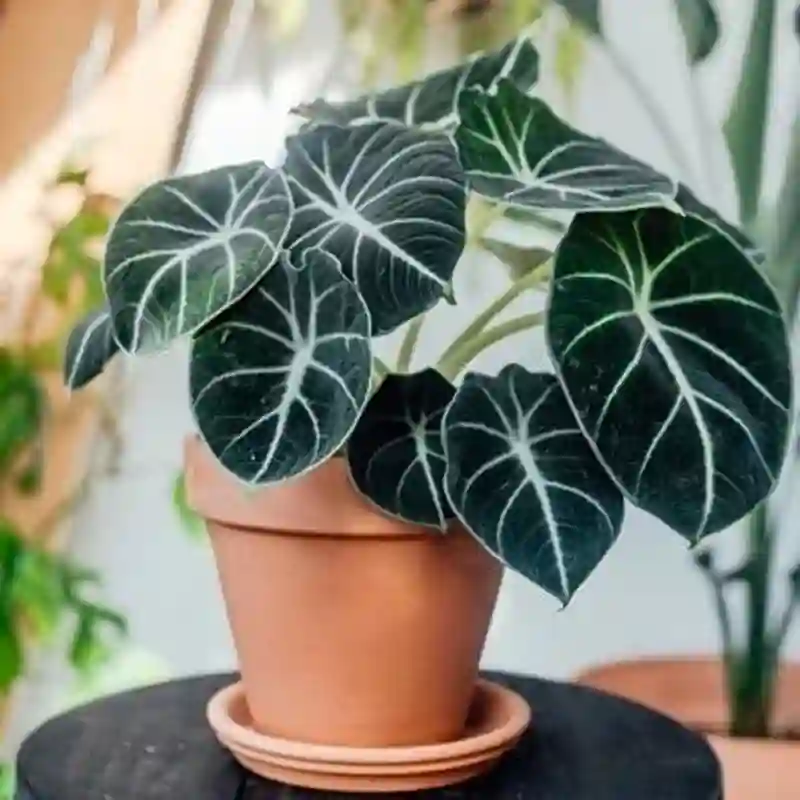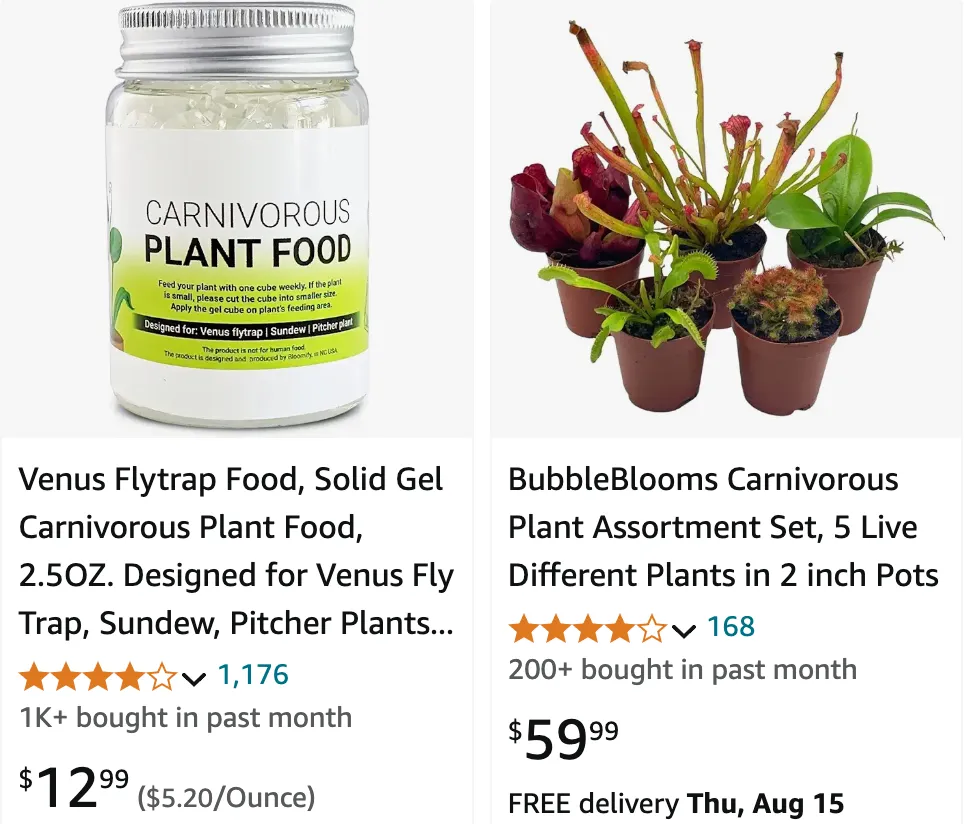
What is a Carnivorous Plant?
Carnivorous plants are fascinating species that have adapted to environments with poor soil nutrients by evolving the ability to capture and digest insects and other small animals. This unique adaptation allows them to thrive in places where other plants might struggle. Some well-known carnivorous plants include the Venus flytrap, pitcher plants, and sundews.
Where Can I Buy a Carnivorous Plant?
You can purchase carnivorous plants from a variety of sources. Online nurseries specialize in these unique plants and often have a wide selection. Local garden centers and specialty plant shops might also carry them. Additionally, plant enthusiasts and hobbyist groups often sell or trade plants.
How Do You Take Care of a Carnivorous Plant?
Caring for carnivorous plants involves replicating their natural habitat as closely as possible. They typically require high humidity, plenty of sunlight, and nutrient-poor, acidic soil. Using distilled or rainwater is crucial, as tap water can harm them due to its mineral content. It’s also important to avoid fertilizing these plants, as they get their nutrients from the insects they capture.
Is Pitcher Plant a Carnivorous Plant?
Yes, pitcher plants are a type of carnivorous plant. They have modified leaves that form a deep cavity filled with digestive enzymes. Insects are attracted to the pitcher by its color and nectar, and once they fall in, they are unable to escape and are eventually digested by the plant.
What is the Biggest Carnivorous Plant?
The largest carnivorous plant is the Nepenthes Rajah, a type of pitcher plant found in Borneo. Its pitchers can hold over two liters of water and are known to trap not just insects, but occasionally small vertebrates such as frogs and rodents.
Where Does a Carnivorous Plant Get Its Nutrients From?
Carnivorous plants obtain nutrients primarily from the insects and small animals they capture and digest. This is an adaptation to their native environments, where the soil is often lacking in essential nutrients like nitrogen and phosphorus.
Can a Carnivorous Plant Eat a Human?
No, carnivorous plants are not capable of eating humans. Their trapping mechanisms and digestive processes are designed for small insects and, in some cases, tiny vertebrates. The largest carnivorous plants might capture a small mammal, but they pose no threat to humans.
How Does a Carnivorous Plant Eat?
Carnivorous plants use various methods to trap and digest their prey. The Venus flytrap, for example, has hinged leaves that snap shut when trigger hairs are touched. Pitcher plants have deep cavities filled with digestive fluids. Sundews use sticky glandular hairs to ensnare insects. Once trapped, the plant secretes enzymes to break down the prey and absorb the nutrients.
How Many Carnivorous Plant Species Are There?
There are over 600 species of carnivorous plants spread across multiple genera. These plants are found in various environments around the world, from tropical rainforests to temperate bogs.
How to Build a Carnivorous Plant Terrarium?
To build a carnivorous plant terrarium, start with a glass container that provides ample light. Use a substrate of sphagnum moss or a mix of peat moss and sand to replicate their natural soil. Ensure proper drainage to prevent waterlogging. Keep the humidity high and place the terrarium in a spot with plenty of indirect sunlight. Regularly mist the plants and use distilled water to maintain moisture.
How to Feed a Carnivorous Plant?
Most carnivorous plants can catch their own prey if left outside or in a well-ventilated area. If your plants are indoors or in an environment with few insects, you can feed them small bugs like flies or ants. It’s important not to overfeed, as this can stress the plant. For Venus flytraps, feed each trap only one insect every few weeks.
How to Germinate Carnivorous Plant Seeds?
Germinating carnivorous plant seeds requires patience and specific conditions. Use a soil mix of peat and sand, and sow the seeds on the surface. Maintain high humidity and keep the soil consistently moist using distilled water. Provide bright, indirect light and a warm environment. Some seeds may require a cold stratification period to break dormancy before germination.
Is Bladderwort a Carnivorous Plant?
Yes, bladderworts are a type of carnivorous plant. They have small, bladder-like traps that capture and digest tiny aquatic or soil-dwelling organisms. These plants are found in both aquatic and terrestrial environments.
Is Cactus a Carnivorous Plant?
No, cactus are not carnivorous plants. They are adapted to arid environments and have developed different strategies, such as water storage and spines for protection, to survive in harsh conditions.
Is Rafflesia a Carnivorous Plant?
No, Rafflesia is not a carnivorous plant. It is a parasitic plant known for producing the largest flower in the world. It lacks chlorophyll and relies on a host plant for nutrients.
Is Sundew a Carnivorous Plant?
Yes, sundews are carnivorous plants. They have glandular hairs on their leaves that secrete a sticky substance to trap insects. Once an insect is caught, the sundew’s leaves slowly curl around the prey to digest it.
Is the Enchantress Carnivorous Plant Real?
The Enchantress carnivorous plant is a fictional creation often seen in literature and media. It does not exist in the natural world. Real carnivorous plants, like the Venus flytrap and pitcher plants, are fascinating enough without needing fictional counterparts.
Carnivorous plants are truly remarkable in their diversity and adaptations. Whether you’re a seasoned grower or a curious beginner, these plants offer endless fascination and learning opportunities. From the iconic Venus flytrap to the massive Nepenthes rajah, there’s a carnivorous plant for every enthusiast to discover and enjoy.
If i die, water my plants!
